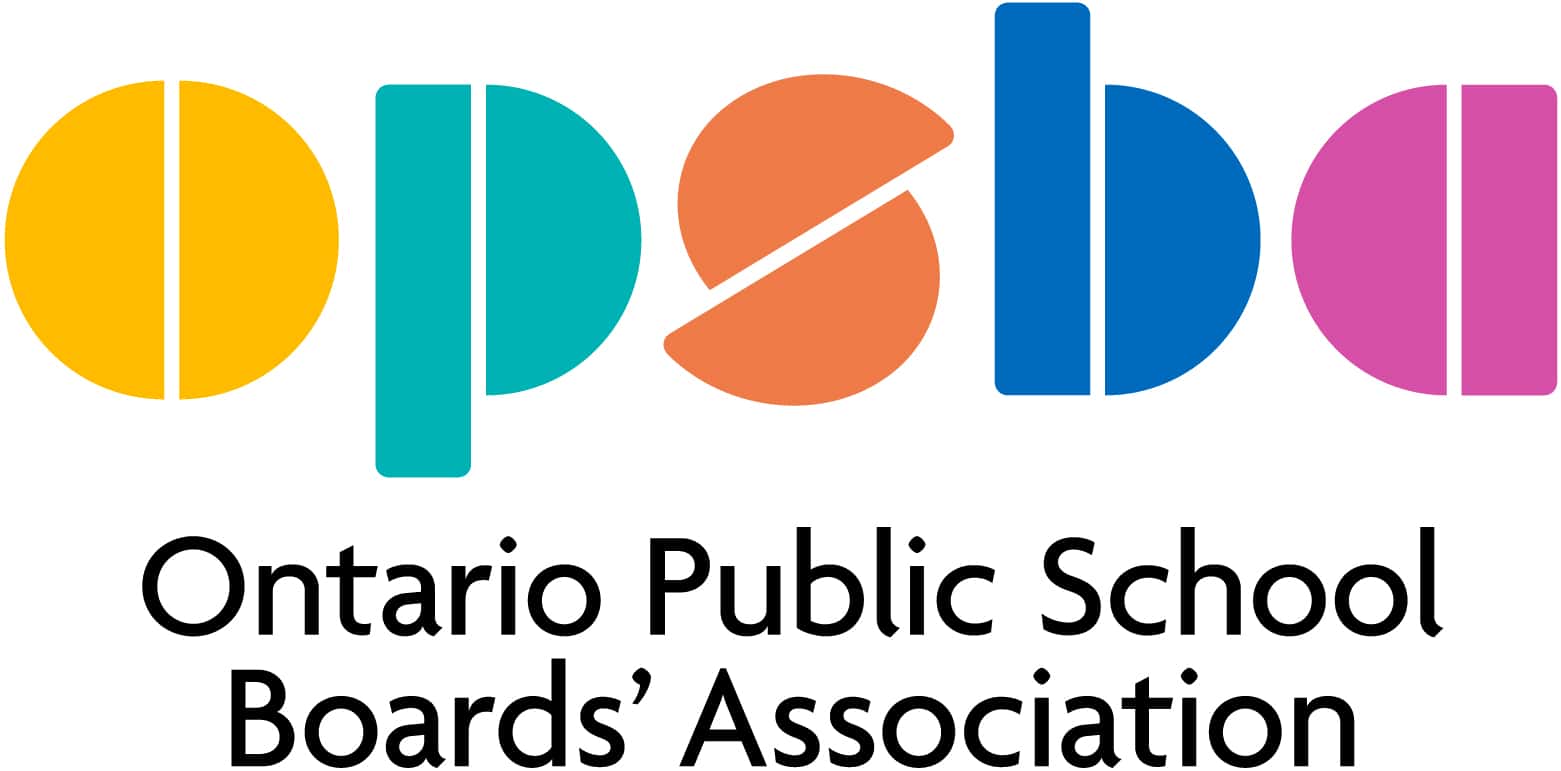
Toronto, January 17, 2007- Violence in the media is pervasive. The destructive influence of violent music videos, video games, music lyrics, the Internet, and television programs is absorbed daily by our children and youth and is directly linked to safety in schools and in our communities. A coalition from trustee, parent, teacher federation, principal and student organizations from both public and Catholic systems, has been working together to build effective strategies to confront the problem.
“There is no question that parents and professionals who work with children and adolescents are gravely concerned about the potential harmful effects of media violence,” said Dr. Peter Jaffe, professor at the Faculty of Education, Centre for Research and Education on Violence against Women and Children, University of Western Ontario. “Media Violence is increasing and becomes more graphic every year.”
Solutions to the problem of media violence and its consequences rest in large part in prevention and education. Work initiated by the coalition is underway on newly-developed media literacy resources for kindergarten to grade 12 students that are aligned with curriculum expectations for learning in Ontario.
“As educators, we can help students become more aware of the negative impacts of media violence by teaching them the skills involved in critical literacy,” said Emily Noble, president of the Elementary Teachers’ Federation of Ontario.
Government can also play a critical role. Legislation is rarely a perfect solution but changes to current laws could assist with respect to enforcement and regulation as well as sending a message that as a society there are some things that just won?t be tolerated.
Our coalition strongly recommends that:
- the Federal Minister of Justice amend the Criminal Code public incitement of hatred laws to conform to Section 15 of the Charter of Rights and Freedoms, thereby granting protection to girls and women
- the Federal government amend the Broadcasting Act to establish a watershed hour of 9:00 p.m., applicable to both radio and television, for material intended for adult audiences to limit exposure to violence by young people.
- the provincial governments introduce a legislated age-based classification system for music recordings similar to the system that currently exists for films, music videos and video games.
“Changes to legislation by no means constitute comprehensive solutions to the problems identified,” said Rhonda Kimberley-Young, president of the Ontario Secondary School Teachers? Federation. “But they will, if introduced, supplement and reinforce what the coalition is trying to do on behalf of children with regard to prevention and education about the effects of media violence.”
The coalition of concerned organizations includes: the Ontario Public School Boards?’Association, Canadian Centre for Abuse Awareness, Elementary Teachers’ Federation of Ontario, Ontario Catholic School Trustees’ Association, Ontario English Catholic Teachers’ Association, Ontario Federation of Home & School Associations, Ontario Principals’ Council, Ontario Provincial Police, Ontario Secondary School Teachers’ Federation, and Ontario Student Trustees’ Association.
– 30 –
For more information, please contact:
Jeff Sprang
OPSBA Communications
(416) 340-2540
Pierre Cote
OSSTF Communications
(416) 751-8300
Larry Skory
ETFO Communications
(416) 962-3836


